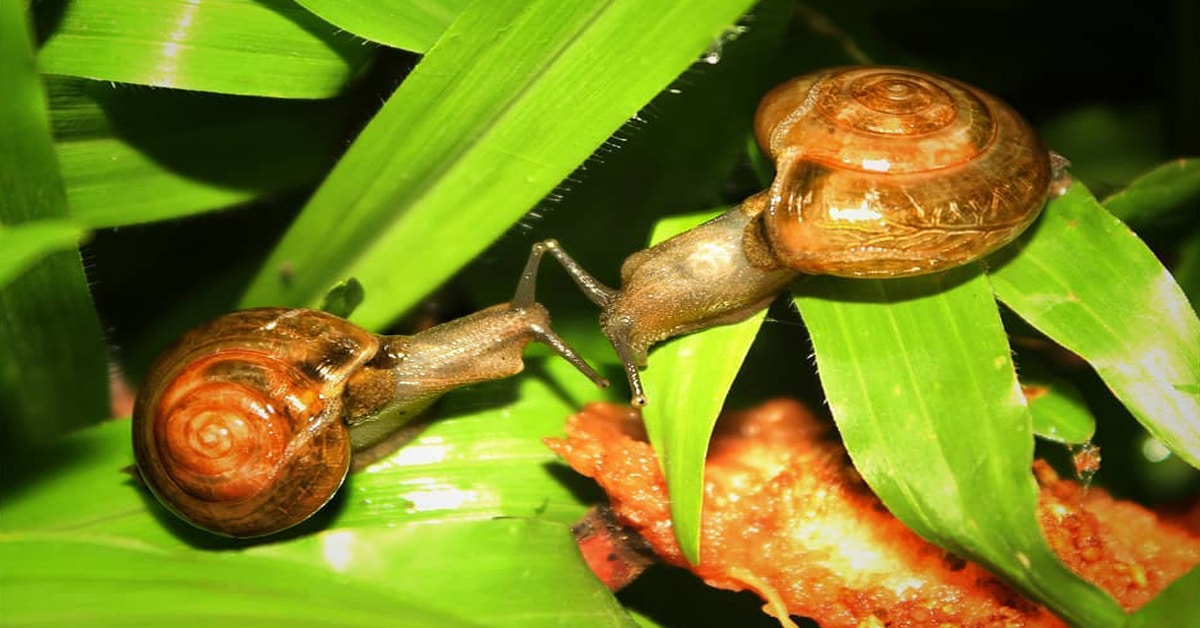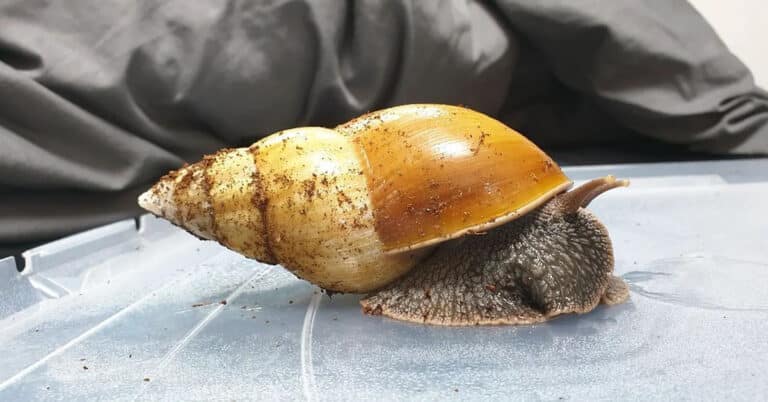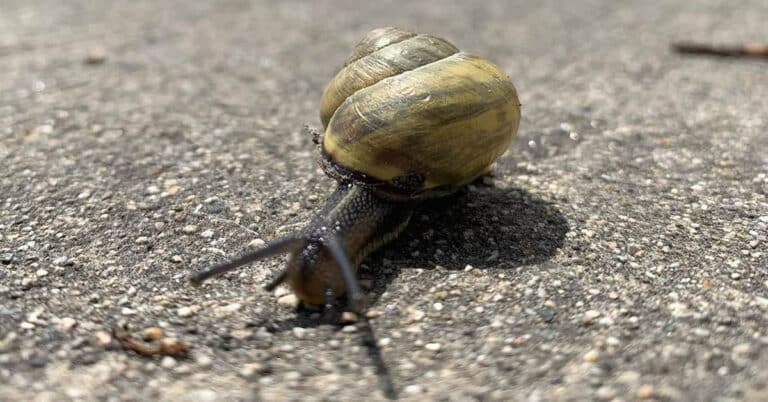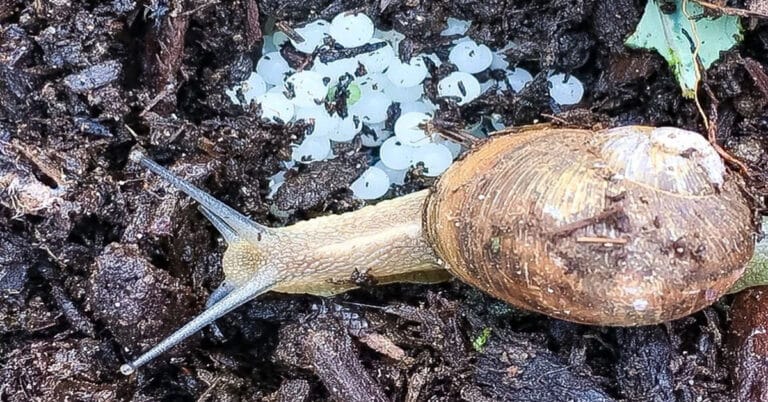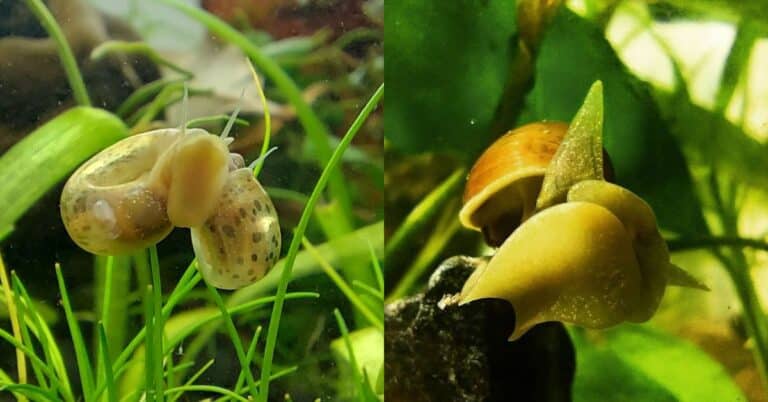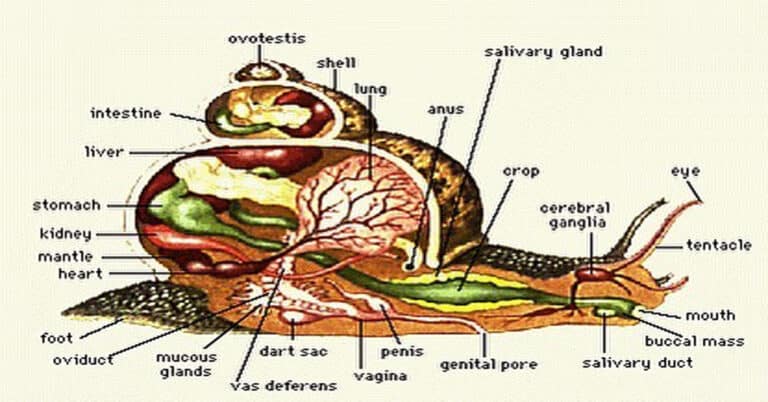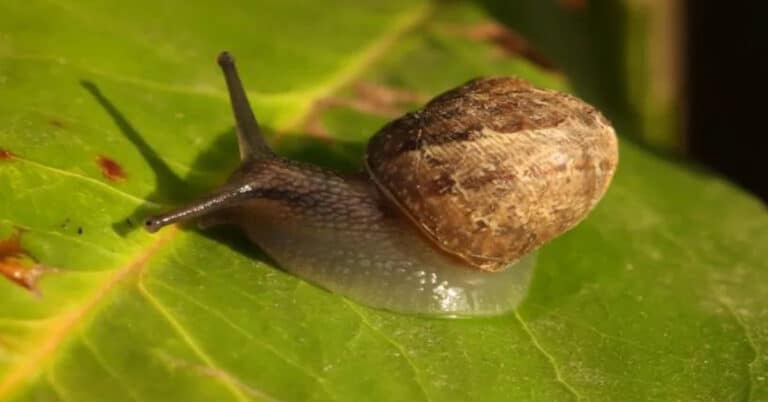How Do Snails Reproduce?
Snails have one of the most intriguing reproduction habits in the animal kingdom. The majority of snail species are hermaphrodites, including land snails. That complicated phrase really indicates that both male and female reproductive organs are present in their anatomy. Have you ever wondered how do snails reproduce?
In one mating ritual, a snail may assume the role of the female, and in another, the role of the male. Additionally, snails may perform both jobs concurrently during mating, fertilizing one another at the same time. The fascinating portion doesn’t end there, though. They also fire “love darts” at each other while mating.
Are you curious to explore more about snails’ behavior patterns? Below, we will discuss how do snails reproduce.
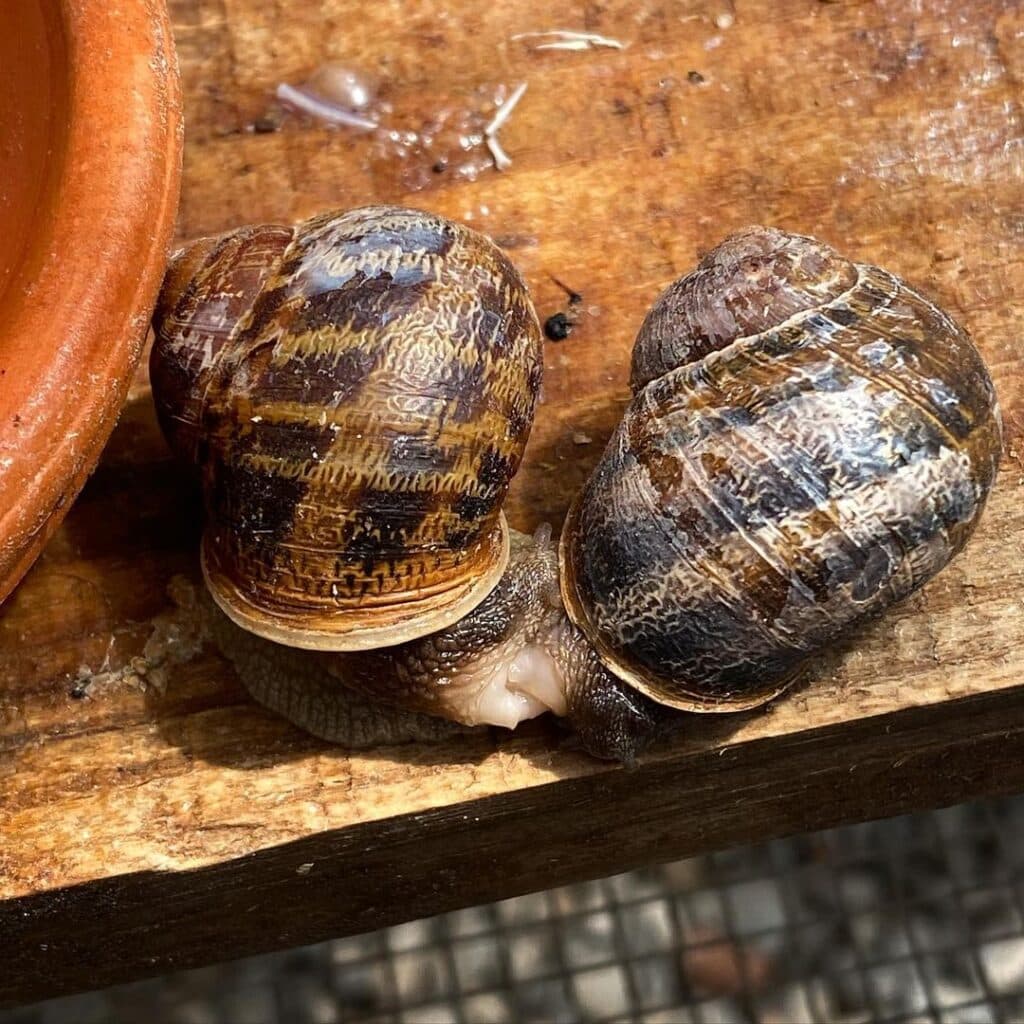
How Do Snails Reproduce?
It’s crucial to understand that various snail species have unique mating strategies and even physiologies. But for our purposes, we’re going to focus on the ordinary garden snail’s mating practices. Despite being only one species, they are a fantastic illustration of how do snails reproduce in general, especially since the majority of snail species follow a process that is essentially the same.
When snails first meet, they crawl all over each other and give each other a thorough sniff to get to know one another. Then, they go on to more advanced techniques. The “love dart,” which is what the snails will use to stab each other, will be used by one of them. It resembles a sharp dart that pierces the body of one snail and injects hormones. This increases the success of the next effort to mate.
The male-oriented snail will then implant his two penises into the two vaginal tracts of the receiving snail after the love dart has been “given.” The female-oriented snail then digs a hole in the ground and places the fertilized eggs inside. After laying the eggs, the snail will move on, prepared to mate once more.
The outer environment greatly affects how do snails reproduce. A snail may lay eggs equally often and mate once each month if the circumstances are favorable. However, the snail may occasionally participate in the mating cycle as either the male or the female-oriented partner.
Gender Roles Of Snails
The gender roles of those creatures determine how do snails reproduce. Snails don’t follow the traditional definitions of male and female. The reason is that they are hermaphrodites — they have both male and female sexual organs and may produce both sperm and eggs. When two snails get together, they will fight over who will be the male or the female. The snail on which the love dart is placed more effectively usually wins.
The location of the love dart is crucial for garden snails. The hormone injection will be better and stronger the better the location. By effectively removing the other snail’s capacity to reject sperm, the snail with the superior love dart placement makes a better recipient. Both-gendered garden snails will attempt to stab each other with a love dart. For comparison, it is like hitting a human with a 15-inch knife.
Snails are operculate, single-sexed groupings. An operculum is a door-like mechanism that may shut the opening. In these species, the female is frequently bigger than the male.
Are Snails Hermaphrodites?
In the animal kingdom, hermaphrodites are relatively prevalent. Snails are hermaphrodites, which determines how do snails reproduce. Any two creatures are certain to be able to mate whenever they come across another member of their species, so the potential benefits are obvious. Invertebrates, primarily worms, snails, slugs, and barnacles, are the most often hermaphrodite species, and they mate similarly to how do snails reproduce.
Clownfish, snook, sea bass, grouper, and parrotfish are among the other fish species known to be hermaphrodites. However, because the majority of fish are sequential hermaphrodites, they can only have one sex at a time. The less frequent synchronous hermaphrodites have both sexual organs at the same time and are the opposite kind. The most obvious example of synchronous hermaphrodites is sea bass.
What’s the Most Optimal Habitat for Snail Reproduction?
There are a few locations where snails can deposit their eggs, largely dependent on the species and habitat. How do snails reproduce is affected by the area. Before laying their eggs, garden snails typically burrow approximately one inch into the soft earth. They may even place them on top of the soil on occasion, tucked behind a leaf or other organic waste. Garden snails often don’t have many preferences for where they deposit their eggs.
Snails that live in aquariums typically deposit their eggs on leaves or other water plants. The snail eggs are frequently attacked by fish, but those that survive may adhere to just about anything. Baby snails can be great hitchhikers.
How Do Snails Give Birth?
One of the most important parts of how do snails reproduce is laying eggs. The snail’s reproductive organs are located towards the front and at the bottom of its body to aid in mating. Both snails will fertilize each other’s eggs after the mating ritual, resulting in the fertilization of both snails’ eggs. 100 eggs may be carried by a snail at once. This is only one of the reasons snail owners who keep them as pets should be aware of the eggs.
The eggs will develop within the snail once fertilization is complete until they are ready to be delivered. Giving birth to a snail is quite easy. They lay their eggs in the ground and bury them separately in little, cool-weather holes that are one to eleven-and-a-half inches deep in the dirt. The eggs will be shielded and will be able to hatch as a result.
When Do Snails Reproduce?
Late spring or early summer is often when snails mate. It may occur in the fall or perhaps more than once a year in certain warmer areas. After dusk, when the snails are most active, is when they mate. The sperm can stay in the snail for up to a year after the sluggish mating process is finished, although typically snails lay eggs within two weeks.
Depending on the species, it might take a snail anywhere from one and a half months to five years to reach sexual maturity. Speaking of the life cycle, let’s explore not only how do snails reproduce but also briefly overview the life cycle.
Snail Life Cycle
After reviewing how do snails reproduce, now let’s focus on the snail’s life cycle and see how it affects the process of their reproduction.
Egg Stage
Small and round, snail eggs are often white or transparent. Depending on the species of snail and the environment, they may be above or below the earth. Some snail eggs even have adhesive coatings, so they may adhere to surfaces.
Snail eggs grow a thin, protective coating called the operculum during the two weeks it takes for them to hatch. Even within the egg, the snail already has a shell on it. As already mentioned above, the eggs often come in 80-100 egg groupings. Only a small portion of them will have the chance to hatch, though. They are frequently consumed by predators, snails, or even people.
Newly-hatched Snails
The baby snail is the next stage in the snail’s life cycle. The infant snail resembles an adult snail in size, and it is only beginning to form its shell. It is translucent or colorless at first, but as it gets older, it begins to take on its own color.
The egg sac from which the young snail was formed will serve as a great supply of calcium for the first few days. It may consume the shells of nearby snail eggs or even unhatched eggs in addition to the remnants of its own egg. The young snail will begin to hunt for food on its own after a few days.
The newborn snail will first develop quite quickly, but after a few weeks, its growth will begin to slow down. The baby snail will begin to develop its reproductive organs after surviving its first few weeks and developing to a size that is around half that of an adult snail. Snails are extremely vulnerable to predators during this stage of development, and many of them will not survive in the following stage.
Adult Snails
Finding food, reproducing, laying eggs, and just trying to live are the adult snail’s main concerns. The snail will begin the reproductive process as soon as it finds a partner. Both snails will guard the eggs until they hatch after the mother snail lays her eggs in a secure location.
In nature, most snail species have a lifespan of 2 to 7 years. The longevity of a snail may, however, increase significantly in a secure environment and can reach between 10 and 15 years. A snail’s shell may be used to determine its age. A snail’s shell develops more whorls (rings) as it ages to fit its expanding body.
Bottom Line – How Do Snails Reproduce?
Snails are amazing creatures and come with very interesting mating habits. Above in this article, we explored how do snails reproduce. Since most land snails (pulmonates) have both male and female reproductive organs, they are hermaphrodites. After fertilizing one another, they deposit eggs.
The environment and amount of rainfall frequently have an impact on how do snails reproduce and develop. In dry regions and environments with poor moisture retention, the mature size may have fewer whorls.

Nato is a content writer and researcher with a background in psychology who’s eager to explore the wonders of nature. As a travel enthusiast and animal lover, she hopes to inspire others to discover and cherish the beauty and importance of the natural world.

